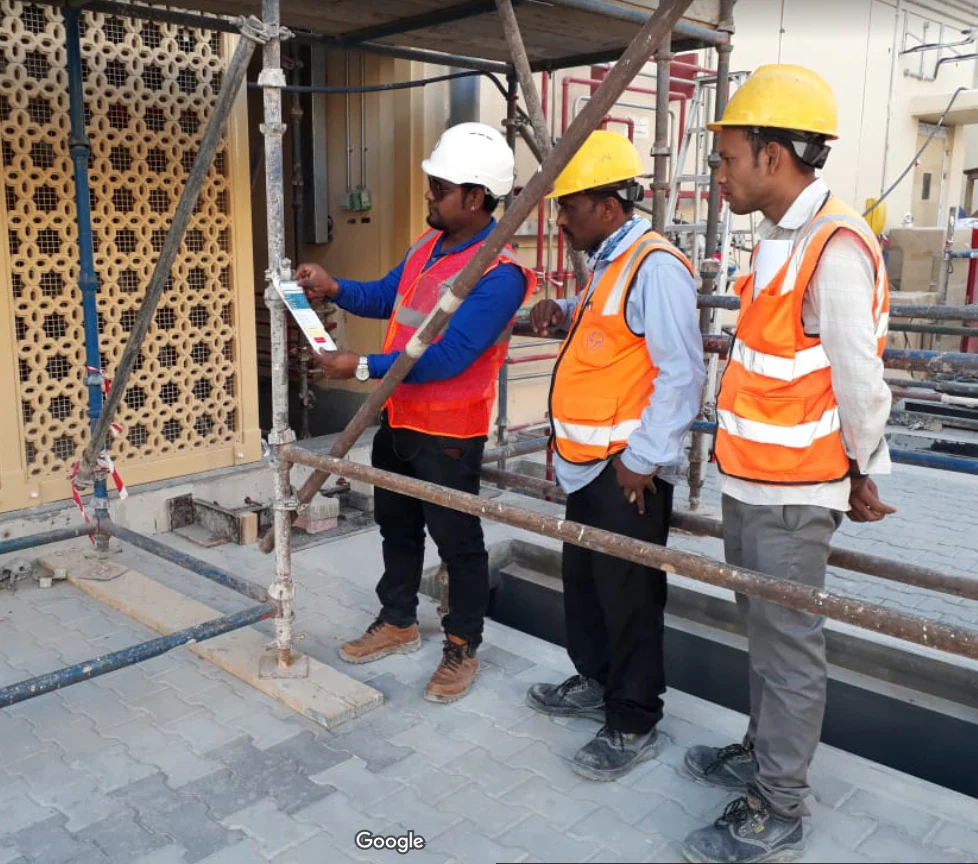Compliance Starts with Chemical Exposure Monitoring

In today’s industrial and healthcare environments, ensuring worker safety and maintaining regulatory compliance is a top priority. One critical aspect that organizations must focus on is chemical exposure monitoring. This process plays a foundational role in protecting employees from harmful substances, preventing workplace illnesses, and meeting stringent safety standards. Without effective chemical exposure monitoring, companies risk non-compliance, worker health issues, and costly penalties. For industries such as healthcare, where chemical agents are prevalent in daily operations, healthcare EHS compliance tools are indispensable in managing these risks.
The Importance of Chemical Exposure Monitoring in Compliance
Chemical exposure monitoring is more than a regulatory requirement; it is a proactive approach to health and safety management. It involves the systematic measurement and analysis of hazardous chemical substances that employees may be exposed to during their work. Monitoring these chemicals ensures that exposure levels remain within permissible limits set by agencies such as OSHA and EPA. Organizations that invest in reliable healthcare EHS compliance tools can track chemical exposures in real time, allowing for immediate corrective actions. This approach reduces health risks and supports ongoing compliance efforts.
Without chemical exposure monitoring, organizations risk undetected hazards that could lead to chronic health conditions like respiratory diseases, skin disorders, or even long-term toxicity. The dynamic nature of chemical usage in healthcare settings makes continuous monitoring essential. Healthcare EHS compliance tools enable environmental health and safety managers to maintain a comprehensive overview of chemical risks, facilitating timely intervention before exposures reach dangerous levels.
How Healthcare EHS Compliance Tools Enhance Chemical Exposure Monitoring
The integration of healthcare EHS compliance tools has revolutionized chemical exposure monitoring practices. These tools provide an organized platform for tracking, documenting, and analyzing exposure data. By automating compliance workflows, they simplify the complex process of regulatory reporting and hazard management. This not only ensures adherence to legal requirements but also promotes a culture of safety within the organization.
Healthcare EHS compliance tools typically include features such as real-time air quality monitoring, exposure data analytics, and incident reporting. This technology empowers safety professionals to identify trends and potential exposure spikes before they become problematic. The ability to collect and store historical chemical exposure data also supports audits and inspections, proving that the organization maintains diligent oversight of hazardous substances.
Moreover, the use of healthcare EHS compliance tools aligns with best practices for continuous improvement. When chemical exposure monitoring data highlights areas of concern, organizations can update training, revise safety protocols, or enhance protective equipment use. This iterative process ensures ongoing protection for employees and strengthens overall EHS compliance.
Challenges in Chemical Exposure Monitoring and How to Overcome Them
Despite the clear benefits of chemical exposure monitoring, many organizations face challenges implementing effective systems. One major hurdle is the complexity of managing diverse chemicals with varying exposure limits and properties. Healthcare environments, in particular, involve multiple substances such as disinfectants, anesthetics, and sterilants, each requiring specific monitoring techniques.
Healthcare EHS compliance tools address these challenges by offering customizable monitoring solutions tailored to the unique chemical profiles of healthcare settings. These tools provide guidance on which chemicals require priority attention and the appropriate methods for sampling and analysis. Furthermore, they assist in maintaining updated regulatory information, so organizations are always aware of evolving exposure limits.
Another challenge is the resource-intensive nature of manual chemical exposure monitoring, which can be time-consuming and prone to errors. Healthcare EHS compliance tools automate much of this work, reducing human error and freeing up safety teams to focus on analysis and intervention. By leveraging technology, companies can overcome resource constraints while enhancing the accuracy and reliability of their chemical exposure monitoring programs.
The Role of Training and Awareness in Chemical Exposure Monitoring
Effective chemical exposure monitoring does not end with technology. Employee training and awareness are critical components of a successful compliance program. Workers must understand the importance of monitoring, how to recognize potential chemical hazards, and the correct use of protective equipment.

Healthcare EHS compliance tools often include educational resources and training modules that support workforce engagement. These tools help ensure that employees remain informed about the chemicals they handle and the best practices for minimizing exposure. When staff are knowledgeable and vigilant, chemical exposure monitoring efforts become more robust and proactive.
Continuous training also promotes a safety-first culture, where compliance is viewed not just as a requirement but as a shared responsibility. This cultural shift enhances the effectiveness of monitoring programs and reinforces the organization’s commitment to health and safety.
Future Trends in Chemical Exposure Monitoring and Compliance
As technology advances, chemical exposure monitoring will continue to evolve, becoming more sophisticated and integrated with other environmental health and safety systems. Healthcare EHS compliance tools are already incorporating artificial intelligence and machine learning to predict exposure risks and optimize monitoring schedules.
Wearable sensors and IoT devices will further transform chemical exposure monitoring by providing continuous, personalized data on worker exposure levels. This real-time monitoring will allow instant alerts and interventions, significantly improving workplace safety.
The future also points toward more comprehensive regulatory frameworks that demand higher transparency and accountability. Healthcare EHS compliance tools will be critical in meeting these demands, offering detailed compliance documentation and analytics to demonstrate due diligence.
Conclusion
Compliance starts with chemical exposure monitoring because it forms the foundation for safeguarding employee health and meeting regulatory standards. In complex environments like healthcare, where chemical risks are ever-present, leveraging healthcare EHS compliance tools is essential. These tools enhance the accuracy, efficiency, and effectiveness of monitoring programs, helping organizations prevent harmful exposures and maintain full compliance.
The synergy between robust chemical exposure monitoring, advanced healthcare EHS compliance tools, and continuous employee training creates a resilient framework for workplace safety. Organizations that prioritize these elements not only protect their workforce but also position themselves as leaders in environmental health and safety compliance. As challenges evolve and regulations tighten, chemical exposure monitoring supported by cutting-edge healthcare EHS compliance tools will remain a critical component of any successful compliance strategy.




